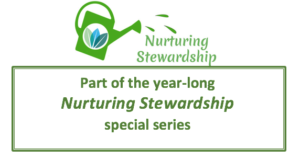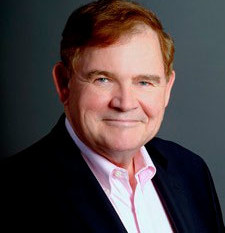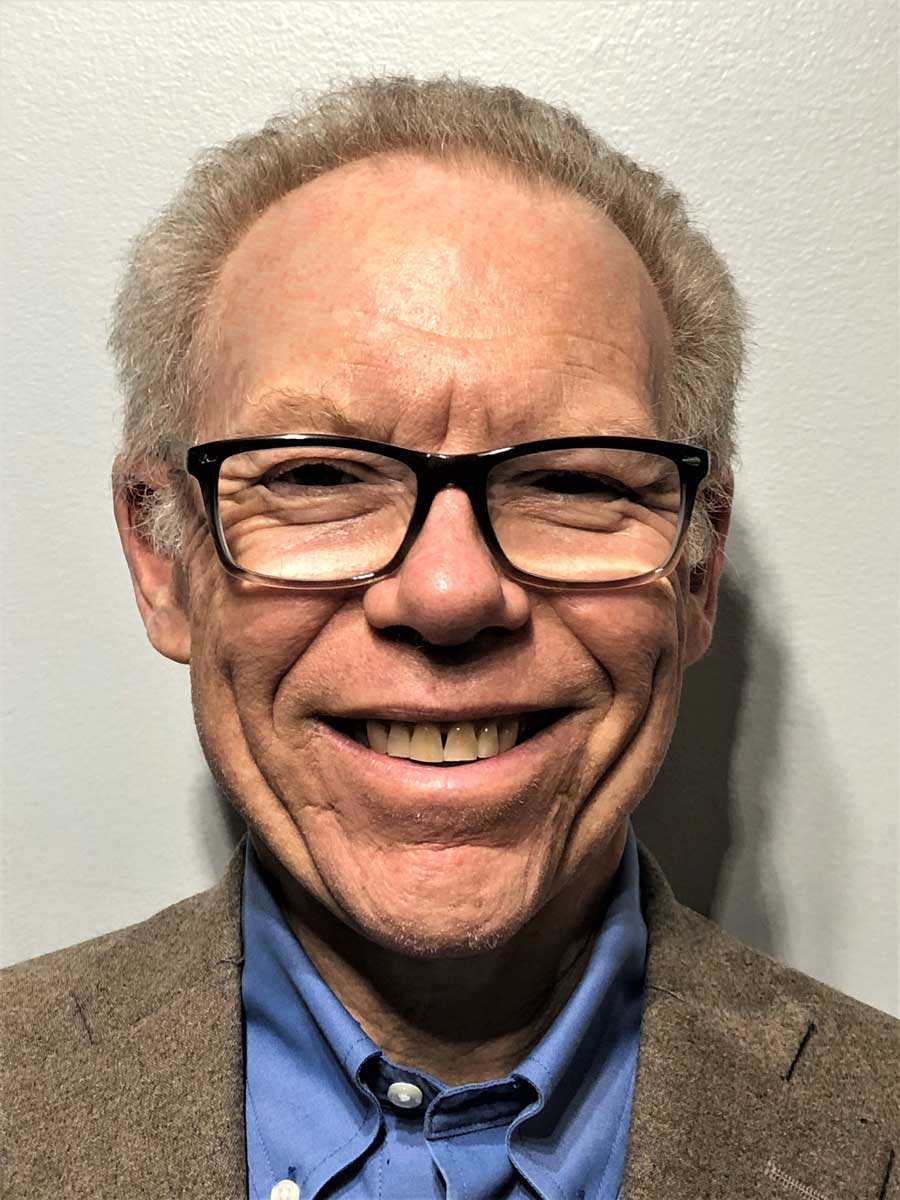
How You Recruit and Manage Your Stewardship Team is Key to Program Success, Leader Development, and Community. Choose Well, Nurture, and Say Thanks.

In June of 2016, we posted a blog entitled “Building Your Stewardship Team.” This blog is a continuation of that discussion. This time we are focusing specifically on recruiting, managing, and releasing stewardship team members in a way that best serves the congregation and honors volunteer service.
[Tweet “Recruiting and Managing Your Stewardship Team is Key”]
Congregations thrive on a spirit of community and run to a large degree on volunteer “sweat equity.” This puts a premium on helping volunteers and leaders succeed. Let’s review some steps you should keep in mind when recruiting and coordinating your stewardship team.
Recruiting: So who is invited on to your Stewardship Team and how are they invited? The best recruitment is not done by a general call for help, such as ads in the newsletter. Nor should availability and agreeing to serve be the only, or even the main, criteria for joining the team. Far better results can come by one-on-one recruitment from a short list of people who could be expected to make a real team contribution.
Potential candidates should be regular donors themselves at what seems like reasonable levels for their means, an ability to work reasonably well with others (both as a leader and a follower), and it is helpful if they bring some particular skill set or talent, such as public speaking, working with numbers, graphic arts, etc. There are many other potential factors but this is a good starting list. And remember to strive for a good cross section of the congregation on your team – don’t have only long term members who are large donors. Build a team that looks like the congregation in miniature to the extent possible.
Development: Few people come to a stewardship team fully versed in this field. So, rather than just throwing them in the deep end of the stewardship pool and expecting them to start swimming like an Olympian right off the bat.
Build a small “stewardship development” reading list for your team, including blogs and websites in the field, ask everyone to do a small bit of reading periodically, and devote some meeting time regularly to talk about what is being learned. One excellent place to start is our own Stewardship for Us website (https://stewardshipforus.com). Here you will find a blog, easily archived, with many useful articles, and a RESOURCES list of books and other sources we recommend. Lastly, consider developing a list of electronic sources and ask each member to track one of them, sharing useful material with the team as they find them.
Retention and Release: Managing the Risk of Burnout: Some of the best stewardship teams I have worked with where filled with people who already had other responsibilities. In fact, they are often are exactly the sort of people we want on the stewardship team – proven leaders with deep commitments to the congregation, who know how the congregation works. But they, and anyone else for that matter can reach burnout.
The best leaders keep track of people’s workloads, sense of energy, and asks regularly what is going on in their lives, so you can see it is time to let someone take a break without feeling guilty or the team feeling abandoned. The alternative is a team of very tired people, who quit suddenly at the moment of exhaustion – seldom a convenient exercise.
A couple of tools to avoid this problem: (1) Have a standing policy that the stewardship team consciously reviews the congregational roster at least a couple of times a year and recruits at least one new member each and every year. (2) No one has an open, endless commitment when they join the team. One effective formulation is to ask people to join for an expected 2 or 3-year term, and thereafter on a year to year basis as they wish.
Sharing and Rotating Among Teams: Dealing with resources, whether it is spending or income, is vitally important to the health of the congregation. People who work in any of these areas have valuable experience and perspectives. This includes not only the stewardship team, but also finance, endowment/legacy giving, and perhaps some members of your board or program council, or other governing body. Why not set up a rotational model to spread and deepen those centers of expertise?
For example, someone could serve 2-3 years on stewardship, take a year off, then serve on the endowment team, rotate off, then have a tour with the finance team. This takes a bit more long- range planning than many congregations engage in, and no one would be required to complete such a cycle, but when this model is followed, it can pay huge dividends. Imagine someone who has gone through this complete cycle joining your board – what a resource for the congregation!
And the individual in question gets some changes in areas of effort instead of staying in one area until ready to quit.
Saying Thanks and Recognizing Service: I am always surprised when people who have served long and well leave a stewardship committee, their departure is without much acknowledgement. Someone says thanks at their last meeting, and that is about it. I would suggest that as a minimum, such a last meeting should have this as an agenda item: take some time to really say thanks and to reflect on their service; allow them to share their parting thoughts. Having a bit of celebration with refreshments certainly would not hurt.
While you are at it, let the congregation know about this benchmark of service; put a thank you recognition note in the newsletter, make an announcement during a Sunday service at an appropriate time. Doing a brief announcement during coffee hour also works well. People give their heart and soul to this work. Let us do the same in saying THANKS!
So, there you have it. Lay out the operational process we discussed in June and assemble your team along these guidelines and you will be off and running.

Bill Clontz is a stewardship consultant with the Stewardship for Us Team, supporting the UUA. Bill can be reached at bill@stewardshipforus.com, via UUA Congregational Life, (http://www.uua.org/finance/fundraising), or via regional staff.
This blog has a new posting no less than once a month. You may find it and more at www.stewardshipforus.com. You are welcome to sign up for stewardship updates at the blog.
Comments and discussion are always welcome; share your experiences and ideas with us.

Stewardship Consultant Barry Finkelstein has been a Unitarian Universalist congregational stewardship consultant since the Fall of 2007 and has worked with over 100 congregations on annual budget drives, capital campaigns, and strategic planning. This is Barry’s last post as he is retiring effective January 1, 2025.
